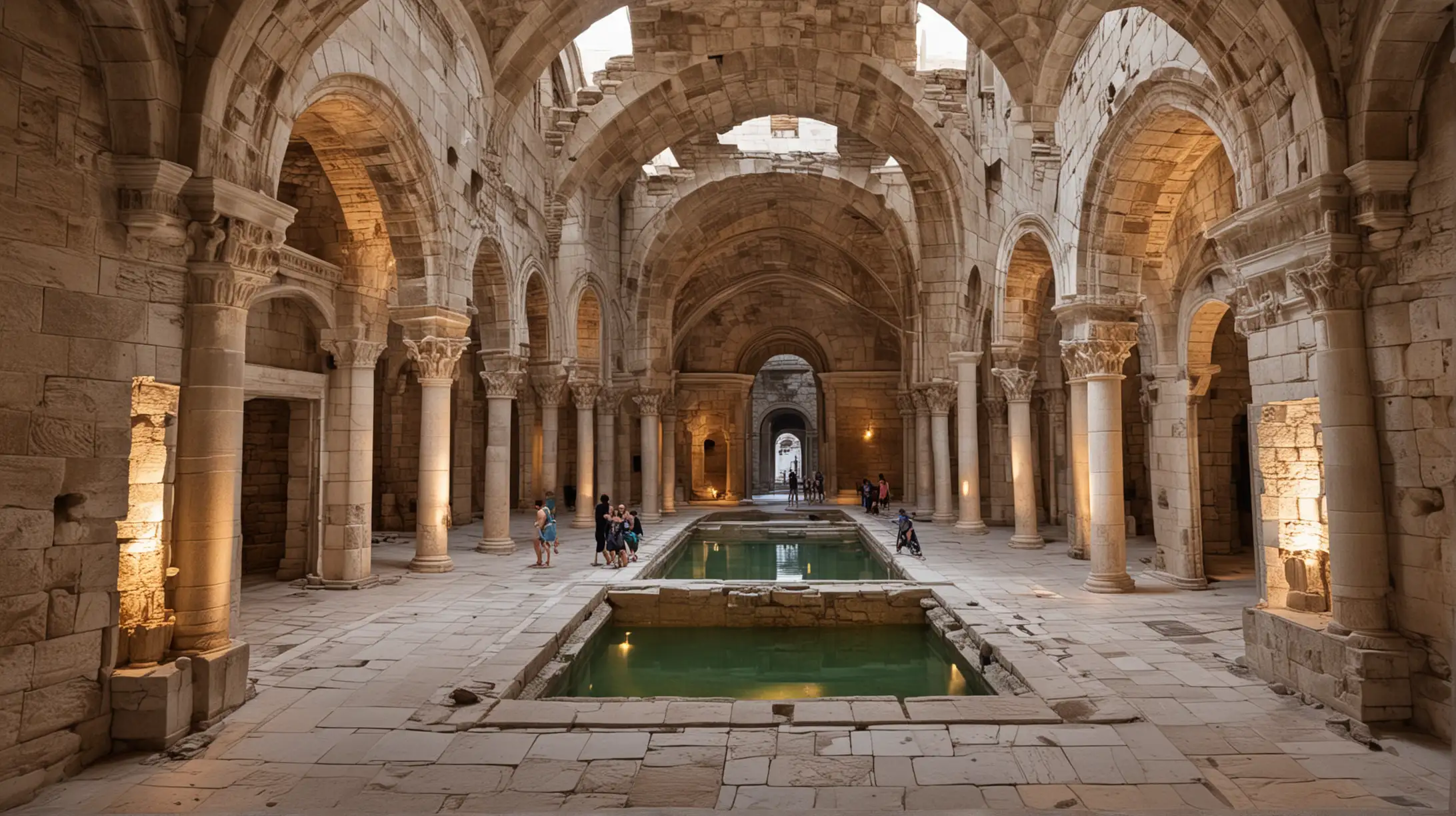Exploring Diocletians Palace A Journey Through Ancient Ruins

AI Art Image Prompt
Choose Model: realistic
Aspect Ratio: 16:9
Related AI Images
Related Tags
AI Art Prompt Analyze
- Subject: Diocletian's Palace Diocletian's Palace is a historical landmark located in Split, Croatia, dating back to the 4th century AD. It was built by the Roman emperor Diocletian as his retirement residence. The palace is renowned for its well-preserved ruins, including impressive architecture, intricate stone carvings, and ancient columns. Visitors can immerse themselves in the rich history of the palace while exploring its labyrinthine corridors and courtyards. Setting: Ancient Ruins The setting of the image is within the ancient ruins of Diocletian's Palace. These ruins provide a captivating backdrop, showcasing the grandeur of Roman architecture and the passage of time. Moss-covered stones, weathered walls, and glimpses of the blue sky above create a sense of mystery and wonder. Background: Historical Context The background of the image depicts the historical context of Diocletian's Palace. It may include elements such as remnants of ancient structures, archaeological artifacts, or glimpses of the surrounding landscape. This background adds depth to the image, inviting viewers to reflect on the significance of the site within the broader historical narrative. Style/Coloring: Dramatic Lighting and Earthy Tones The style of the image features dramatic lighting and earthy tones, enhancing the atmosphere of ancient mystique. Shadows cast by crumbling walls create depth and contrast, while warm earth tones evoke the timeless beauty of the Mediterranean landscape. This style imbues the image with a sense of authenticity and drama. Action: Exploring and Discovering The action in the image involves individuals or groups exploring and discovering the wonders of Diocletian's Palace. They may be seen wandering through narrow passageways, examining ancient artifacts, or marveling at architectural details. This action conveys a sense of adventure and curiosity, encouraging viewers to embark on their own journey of exploration. Items: Archaeological Artifacts and Architectural Features The image may feature various items such as archaeological artifacts and architectural features found within Diocletian's Palace. These items serve as focal points of interest, offering insights into the daily life and cultural heritage of ancient civilizations. Examples include pottery fragments, statues, and intricate carvings. Costume/Appearance: Casual Attire with Cultural Influences Individuals depicted in the image may be dressed in casual attire with cultural influences reflecting the region's history. This could include lightweight fabrics, sandals, and accessories inspired by ancient Roman fashion. Their appearance adds authenticity to the scene, bridging the gap between past and present. Accessories: Cameras and Guidebooks Accessories such as cameras and guidebooks may be included in the image, symbolizing the modern traveler's desire to document and learn about historical sites. Cameras capture moments of awe and wonder, while guidebooks provide valuable insights into the significance of Diocletian's Palace. These accessories enrich the viewer's experience, allowing them to connect with the scene on a personal level.